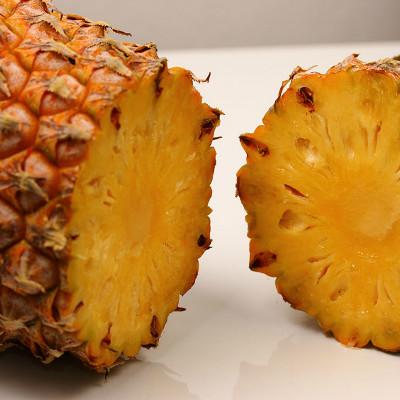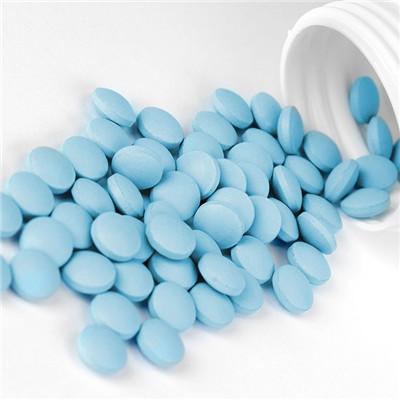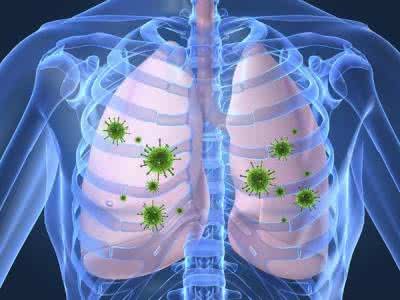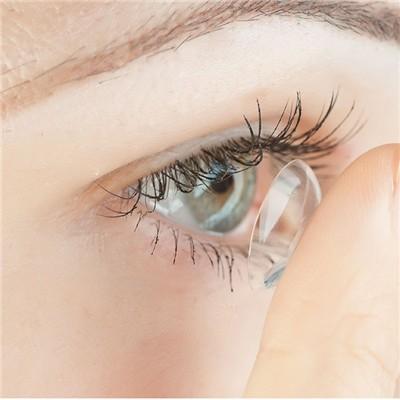Symptoms of antituberculous drug-induced liver injury?
summary
It's very normal for people to take medicine when they are sick. Nowadays, in China, people often choose Western medicine after they are sick. The main reason is that western medicine works very quickly, but the following is the harm of medicine to the body. Take anti tuberculosis drugs for example, many times will cause direct damage to the body. The person that takes medicine for a long time is most likely to cause liver injury, so, antituberculosis drug-induced liver injury symptom? Let's talk about it.
Symptoms of antituberculous drug-induced liver injury?
Rifampicin (RFP), isoniazid (INH), pyrazinamide (PZA), Aminothiourea (tb1), ethylthioisoniazid (th1314), propylthioisoniazid (th1321) and sodium p-aminosalicylate (PAS) were the main drugs associated with liver damage in anti tuberculosis treatment.

The first step is oxidation, reduction or hydrolysis; The second step is the combination process. The binding reaction includes at least four main chemical reactions, namely glucuronization, sulfation, glutathione binding and acetylation. The mechanism of liver damage caused by antituberculosis drugs can be roughly divided into two aspects. One is that it interferes with the metabolic process of hepatocytes, leading to intrahepatic cholestasis, steatosis and necrosis. On the other hand, it damages the basic structure of hepatocytes, destroys hepatocytes, and eventually leads to cell necrosis. Through the immune reaction, it forms active metabolites leading to hepatocyte necrosis, leading to the interaction of molecular lesions and drugs.

The drug has direct damage to the liver. For example, INH can synthesize acetylated isoniazid by N-acetyltransferase in liver, and then acetylated isoniazid is hydrolyzed into acetylhydrazine with stronger toxicity in liver, which is transformed into reaction medium by microsomal enzyme in liver cells, and then combined with cell protein, leading to degeneration and necrosis of liver cells. It can also induce lipid peroxidation and cause drug-induced hepatitis.

matters needing attention
The effect of combined use of antituberculosis drugs: acetyltransferase is required for the metabolism of INH, RFP and PAS in the liver to form amide compounds, and there is competition among enzymes. Pas can reduce the acetylation rate of INH and increase hepatotoxicity. RFP is a liver microsomal enzyme inducer, which can increase its activity, accelerate the metabolism of INH and increase the toxicity of INH.














